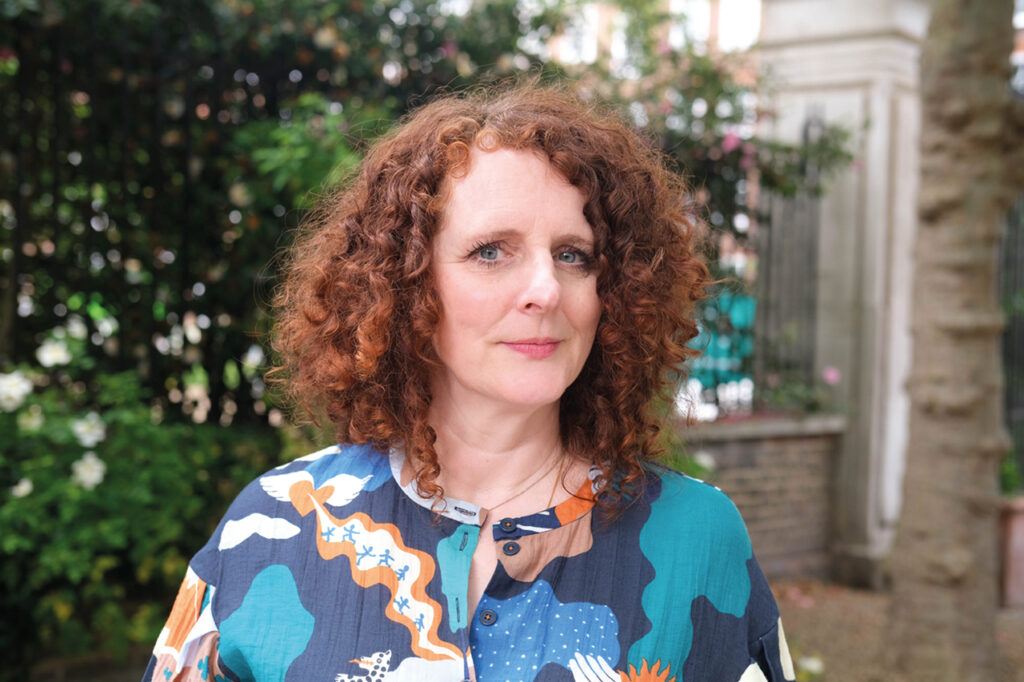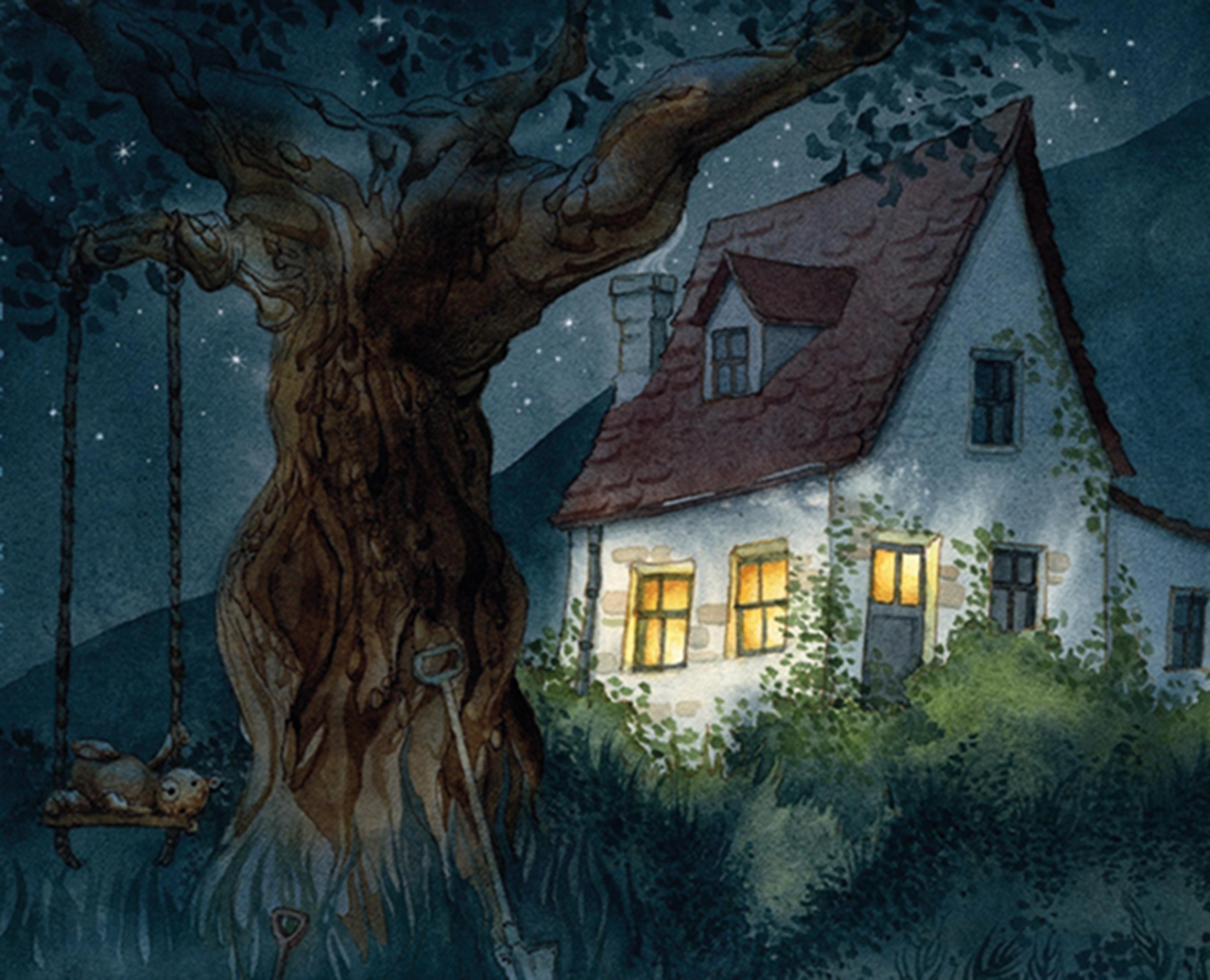Author Q&A: Maggie O’Farrell
The author tells Antonia Charlesworth what it was like to write a children’s book in parallel with one for adults
When Jem and his family move to the countryside, he doesn’t like his new home one bit. It’s an old cottage on the side of a hill, where strange things keep happening: shoes are filled up with conkers and the stairs become tangled in a woollen maze. Jem’s sister Verity is certain it is the work of a “nouka”, an ancient creature from local folklore that lives deep down inside the hill. Jem, however, is adamant that there is no such thing.
Best-selling Northern Irish novelist Maggie O’Farrell teams up once more with illustrator Daniela Jaglenka Terrazzini for her second book for children, a playful and uplifting story that follows Jem as he rediscovers his spark.
The Boy Who Lost His Spark is published in close succession to your new novel The Marriage Portrait.
Did you write the two in tandem, are there any parallels between them, and which was more difficult to get right?
I wrote them in parallel, I suppose, moving from one to the other. Writing for children, especially stories that are intended to be shared and read aloud, uses very different muscles to writing a full-length novel. Both Spark and The Marriage Portrait were written during the various lockdowns, and the work of each was a
great consolation – and a welcome distraction – during those times.
What was the inspiration behind the story and was the “nouka” based on real folk law?
I spent my teens in North Berwick, a small seaside town in central Scotland. Like the town in the story, it has a big, volcanic hill behind it; my school, like Jem’s, was at the base of the hill and I used to stare out at it during lessons, when I was meant to be concentrating. The idea of a volcanic hill being inhabited comes from the Irish folktales I was given as a child – in Irish legends, the landscape and the trees and the ground are sentient and often inhabited by magical creatures. The nouka in my book is based on the púca – a mischievous spirit who likes to cause chaos.

The nouka has lived in the town since it was just a millpond and has watched it evolve from its hill. What does the nouka in the story represent?
It’s the spirit of the landscape; it loves humans and mischief and its home; it wants to help people by encouraging them to let go of their inhibitions. It represents the spark in the volcano and also in all of us.
Jem’s family move from a flat in the city to a cottage surrounded by countryside but Jem misses home. Is the idea of an idyllic childhood an unhelpful one?
I think an adult’s job is to make a child’s life as happy as possible, while giving them enough support and resilience to cope with life’s ups and downs – because all lives have them, don’t they? With this book, I wanted to write a story that gives children an insight into the necessity of joy and fun.
“It was as if someone had put misted-up glasses on Jem’s face and he could no longer see the fun in
Verity’s games.” Is Jem losing his spark a response to the disruption in his life or is this a normal part of growing up?
I think it’s a bit of both. Jem’s nine, which is an age where you begin to emerge from the magic of early childhood and begin to recognise some of the world’s realities; at the same time, it’s important for children of that age to know that they are still children, and not mini-adults or pre-teens. There have been times, especially in the past few years, when we’ve all felt as though we’ve lost our spark, but it’s good to remember that it always comes back.
As a child you were confined to your bed quite a lot with illness. What did storybooks offer you and which was your favourite?
I remember loving all of Beatrix Potter (so dark and strange), Pippi Longstocking (the anarchy, the bravery, the chutzpah), all the Moomin books (such beautiful language, the fascinating and accepting extended family). Reading was an escape hatch away from the difficulties of illness, an alternative existence where I could be anyone I wanted.
What do your own children think of The Boy Who Lost His Spark?
I think they like it – they are always very patient with me, when I read them multiple drafts. They love watching the arrival of the beautiful illustrations sent by Daniela, page by page. It’s a glorious thing, seeing your words come to life in exquisite watercolours.
* Read our 2020 interview with Maggie O’Farrell in the Features section of bigissuenorth.com

Leave a reply
Your email address will not be published.